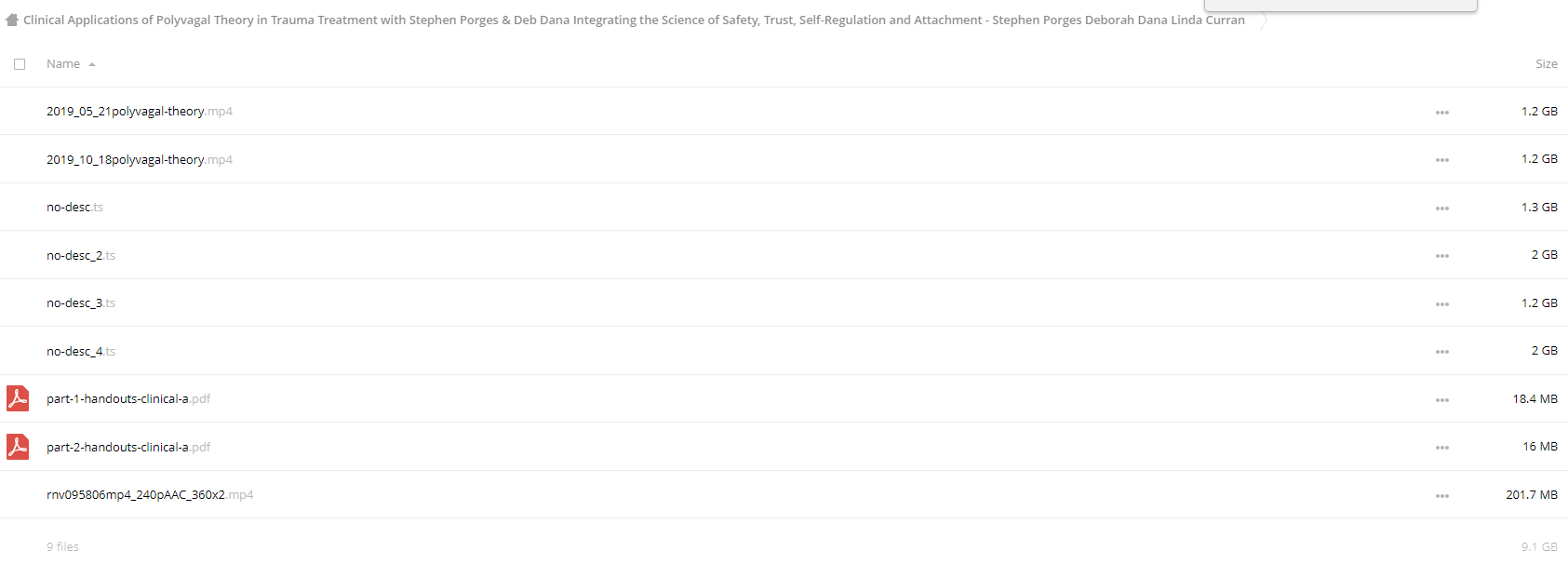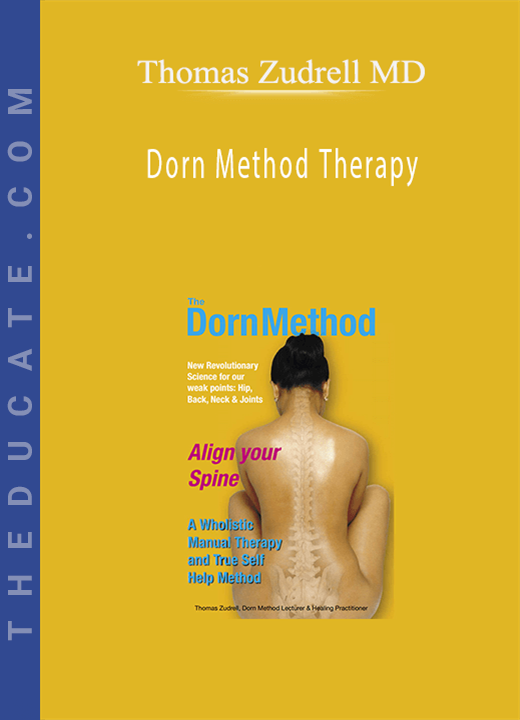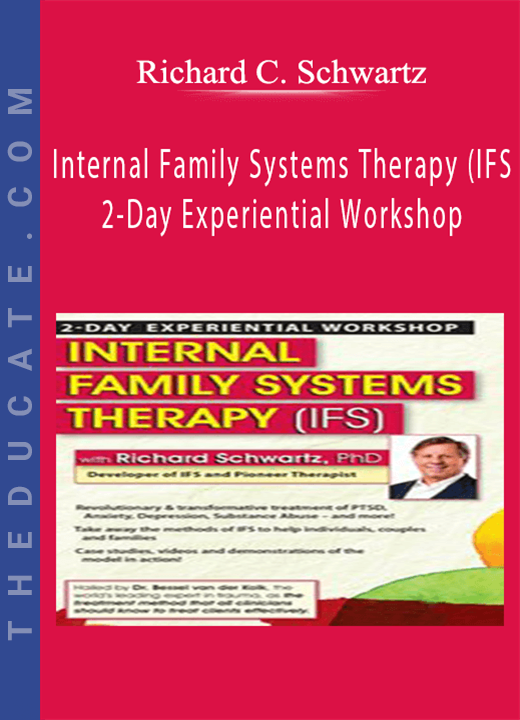Description

The Neurophysiology of Trauma, Attachment, Self-Regulation & Emotions: Clinical Applications of the Polyvagal Theory – Stephen Porges
- Are the trauma, attachment and self-regulation interventions you use based on an outdated understanding of the neurophysiology?
- Is your treatment model rooted in an understanding of client arousal based on traditional maeasures without incorporating concepts from the Polyvagal Theory?
- During therapy sessions, are you aware that you and your client are responding to each other’s physiological state?
- Are your interactions with your clients missing an understanding of how mental processes influence physiology and how physiology influences cognitive, emotional, and social behavior?
If you aren’t consciously monitoring your client’s facial features and vocal intonation, you could be missing important cues of the social engagement system and therapeutic opportunities.
Dr. Stephen Porges is an recognized professional on the neurophysiology of emotions, trauma, attachment and self regulation. He will show you how you can put this understanding to use when implementing interventions for mediating symptoms of many mental health disorders including autism, depression, ADD and PTSD. In addition, learn strategies to trigger states of safety in your clients by activating the “highest level” mechanism.
- Articulate the foundation of Polyvagal Theory as it relates to clinical treatment.
- Communicate how the Polyvagal Theory may demystify several features related to psychiatric disorders and behavioral problems in clients.
- Evaluate how deficits in the regulation of the “Social Engagement System” are expressed as core features of several psychiatric disorders as it relates to case conceptualization.
- Reconstruct how the neural process, neuroception, evaluates risk in the environment and triggers adaptive neural circuits, which promote either social interactions or defensive behaviors in clients.
- Characterize how therapeutic presence is based on the interaction between the “Social Engagement Systems” of client and therapist.
- Analyze the efficacy the “Social Engagement System” in optimizing therapeutic outcome in clients.
- Breakdown the features of the “Social Engagement System” as it relates to clinical practice.
Get The Neurophysiology of Trauma, Attachment, Self-Regulation & Emotions: Clinical Applications of the Polyvagal Theory of author Stephen Porges
The Polyvagal Theory
- The principles and features of the Polyvagal Theory and how to apply it in a clinical setting
- How the Polyvagal Theory can demystify several features related to stress-related illnesses and psychiatric disorders such as PTSD, autism, depression, and anxiety
- How the Social Engagement System is compromised by stress and trauma and how to reset it
- Evolutionary changes and adaptive functions in the autonomic nervous system
- Humans response hierarchy to challenges
- Three neural platforms that provide the neurophysiological bases for social engagement, fight/flight, and shutdown behaviors
Social Engagement System and Psychiatric and Behavioral Disorders
- A description of the “face-heart” connection that forms a functional social engagement system
- How our facial expressions, vocalizations, and gestures are regulated by neural mechanisms that are involved in regulating our autonomic nervous system
Neuroception: Detecting and Evaluating Risk
- How our social and physical environment triggers changes in physiological state
- Understanding that adaptive physiological reactions may result in maladaptive behaviors
- Immobilization without fear
- Play as a neural exercise
- Listening as a neural exercise
Demystifying Biobehavioral Responses to Trauma and Abuse
- Fight/flight and immobilization defense strategies
- Adaptive function of immobilization and the associated clinical difficulties
- How the stresses and challenges of life distort social awareness and displace spontaneous social engagement behaviors with defensive reactions
Applying the Polyvagal Theory in Clinical Settings
- Understanding auditory hypersensitivities
- State regulation as a core feature of psychiatric disorders
- Deconstructing features of autism and PTSD
- Strategies to explain disruption and repair of symbiotic regulation
- Identifying social cues that disrupt or repair defensive reaction







12 reviews for The Neurophysiology of Trauma, Attachment, Self-Regulation & Emotions: Clinical Applications of the Polyvagal Theory – Stephen Porges
There are no reviews yet.